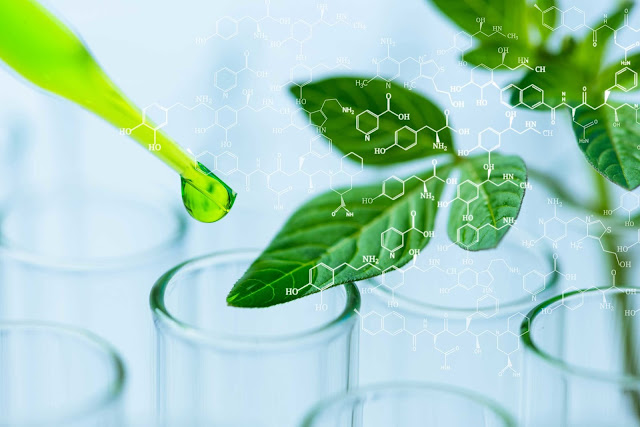The global Biopharmaceuticals Market connected with therapeutic biologics
Market Overview:
The biopharmaceuticals market comprises medicines
produced using biotechnology methods like genetic engineering and includes
vaccines, blood components, recombinant therapeutic proteins/antibodies, and
monoclonal antibodies. Biopharmaceuticals are often used for treating serious medical
conditions like cancer, autoimmune diseases, and other chronic disorders. These
drugs provide targeted treatment options and have lesser side effects than
traditional small-molecule drugs. The market is witnessing high demand due to
increasing prevalence of chronic diseases and growing geriatric population
globally.
Market key trends:
One of the key trends gaining traction in The
Biopharmaceuticals Market Demand is the increasing adoption of
biosimilars. Biosimilars are quasi-generic versions of original biologics and
provide more affordable treatment options when the patents of biologics expire.
Regulatory agencies in various regions are also approving biosimilars to
enhance competition and reduce healthcare costs. For instance, the U.S. FDA had
approved over 50 biosimilars as of January 2023. The patents expiration of
major biologics is also expected to increase biosimilars market share in the
forecast period. This trend is expected to drive the overall growth of the
biopharmaceuticals market.
Porter’s Analysis
Threat of new entrants: The threat of new entrants is relatively low in the
biopharmaceuticals market due to huge R&D costs involved in developing new
biopharmaceutical drugs and stringent regulatory requirements.
Bargaining power of buyers: The bargaining power of buyers is moderate as
biopharmaceutical drugs are usually developed for specific therapeutic areas
with limited substitutes. However, pricing pressure exists from governing
bodies and insurance companies.
Bargaining power of suppliers: The bargaining power of suppliers is moderate
given the specialized expertise required. However, presence of alternative
material and device suppliers keeps their bargaining power in check.
Threat of new substitutes: The threat of new substitutes is moderate as new
drug delivery technologies and therapeutics occasionally challenge existing
biopharmaceutical drugs.
Competitive rivalry: The competitive rivalry is high among existing players
given their focus on pipeline development and product launches to gain market
share.
Key Takeaways
The global biopharmaceuticals market is expected to witness high growth,
exhibiting CAGR of 7.4% over the forecast
period 2023-2030, due to increasing
prevalence of chronic diseases and rising demand for monoclonal antibodies and
recombinant proteins.
The North America region currently dominates the biopharmaceuticals market
owing to presence of major players and supportive regulatory environment.
However, Asia Pacific region is expected to grow at the fastest pace during the
forecast period due to rising healthcare expenditure, increasing disposable
incomes and growing incidences of lifestyle diseases in countries like China
and India.
Key players operating in the biopharmaceuticals market are Amgen Inc., Abbvie
Inc., GlaxoSmithKline PLC, Pfizer Inc., Novo Nordisk AS, Novartis AG, Johnson
& Johnson, Eli Lilly and Company, Bristol-Myers Squibb Company, and F. Hoffmann-La
Roche Ltd., among others. These players are focused on expanding their product
portfolios through acquisitions and partnerships with biotech companies to
strengthen their market position.
Read
More:
|
https://www.dailyprbulletin.com/biopharmaceuticals-market-share-growth-and-demand/ |




Comments
Post a Comment